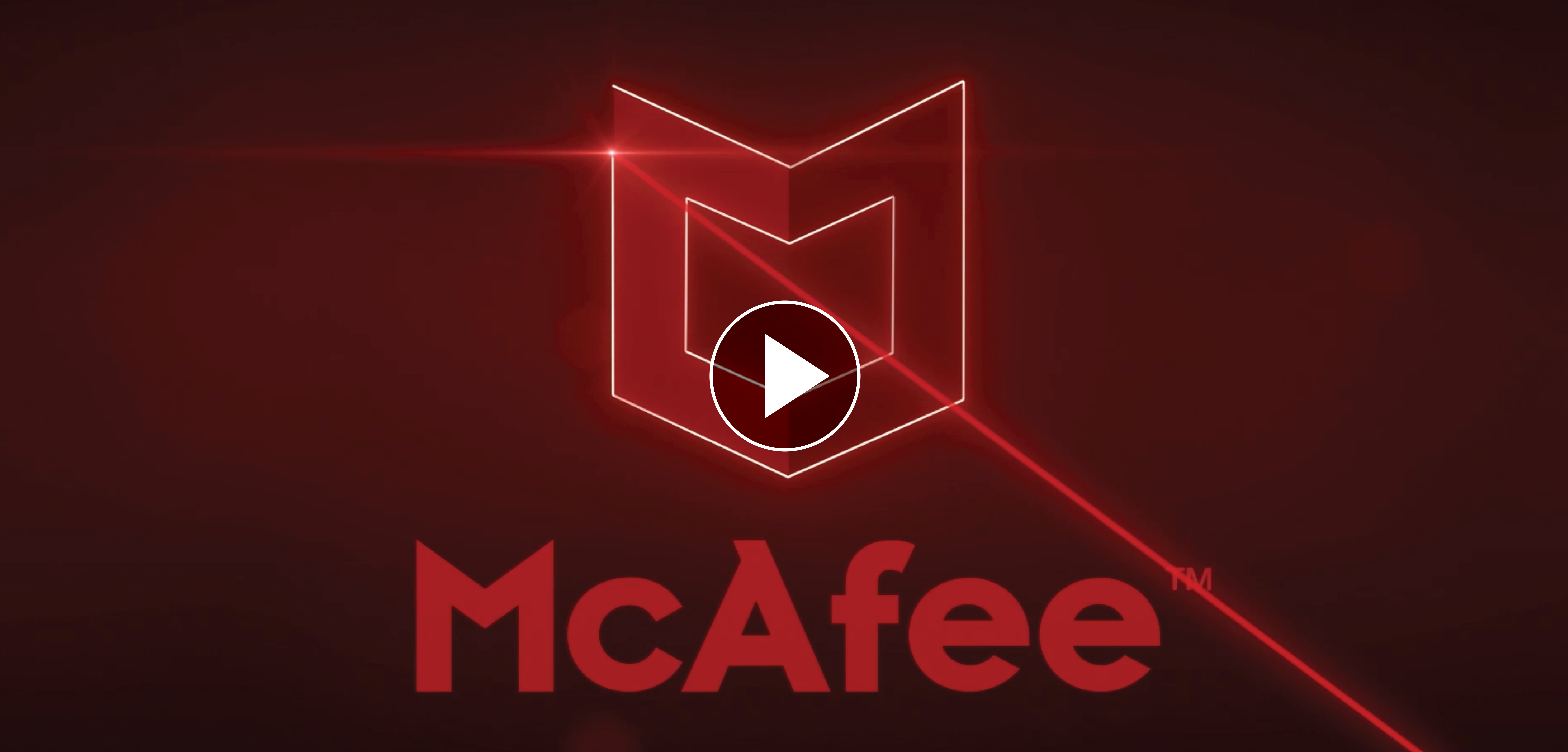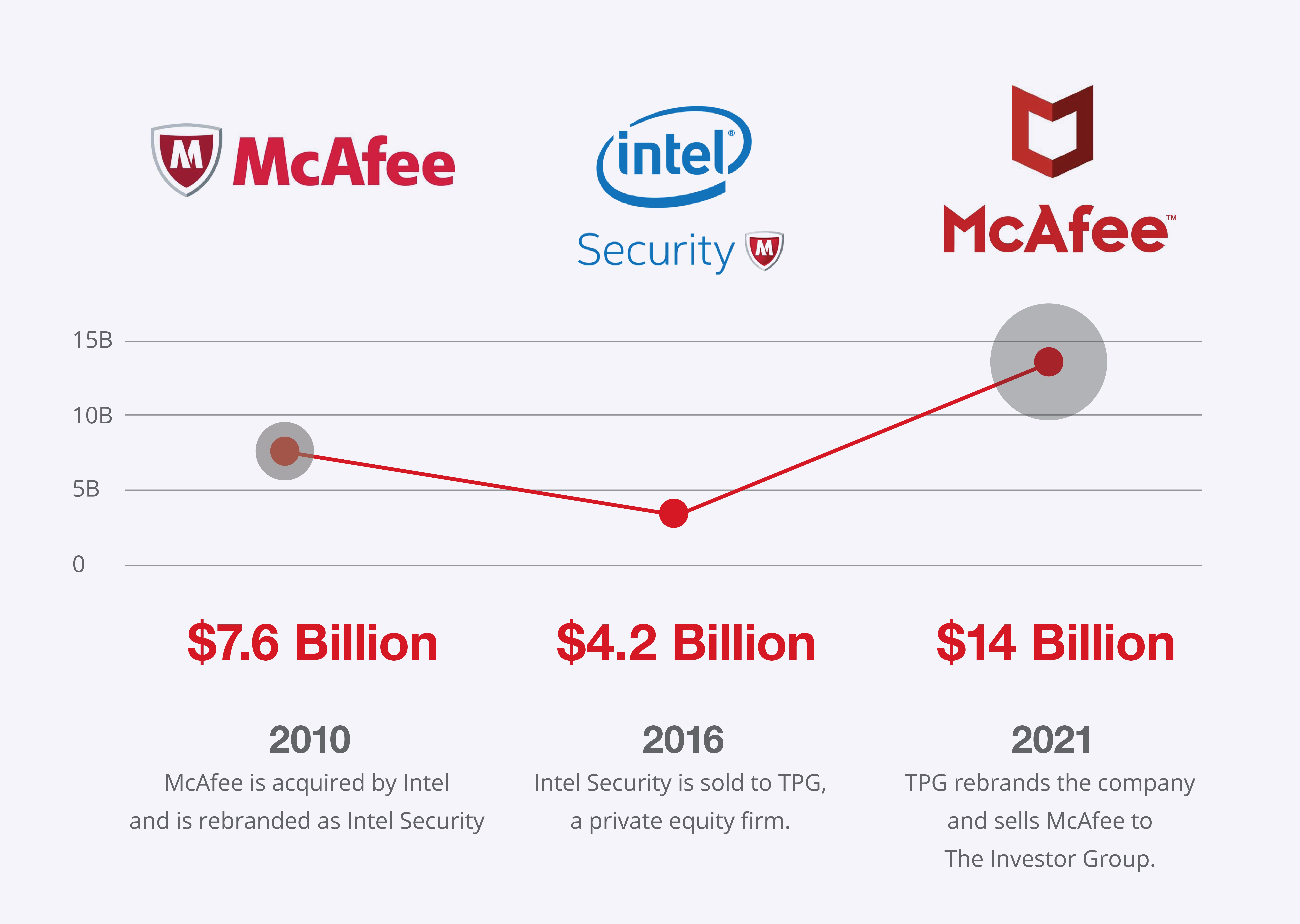
Private Equity firms use rebranding
as a business strategy
REBRANDING CAN SUBSTANTIALLY IMPACT VALUATION
Private equity firms take controlling stakes in companies where they see an opportunity to create value for
their investors. They work with the management teams of their portfolio companies to optimize the business performance, then sell those companies at a profit. Before investing PE firms consider many factors, such as the marketplace growth potential, the company’s competition, the product/service offering, the experience of the management team, and much more. One of these factors is whether or not the company has built a strong brand. In fact, PE firms are the most frequent users of rebranding as a business strategy because it can create substantial additional value for their portfolio of companies.

A BRAND REFRESH IS NOT THE SAME AS A REBRAND
We have found that often people think that a “rebrand” is equivalent to introducing a new logo or a modification of an
existing logo – however that is far from correct. The proper name for this approach is a “brand refresh”. A brand refresh
often starts with a change to the existing logo, and typically includes an update of the entire brand identity (or visual style)
– however, a brand refresh does not alter the brand’s core strategy and messaging. A brand refresh is designed to create
awareness by modernizing the way the brand manifests itself visually and reinforce that the brand’s positioning continues
to evolve and stay relevant.
For example, as Starbucks was approaching its 40th anniversary, the coffee giant leveraged the milestone as an
opportunity to update the visual expression of its global brand. In 2011 the company unveiled a new, simplified logo and
joined brands like Nike, McDonald’s, Apple, and Target in removing the name from the logo, since these brands are so
recognizable that a wordmark becomes unnecessary. The Brand Guidelines published when the new logo was introduced,
explained the brand refresh like this “As we evolve to meet beautifully diverse customers all over the world, our brand has
evolved too. Here we introduce a fresh new design system that maintains the core elements of our brand while keeping
our customers’ experience central to creative expression.”


A rebrand signals a fundamental shift in direction
As opposed to a “Brand Refresh”, a “Rebrand” involves a comprehensive re-imagining of the brand strategy including a new positioning and a new messaging platform, as well as a complete overhaul of the brand identity. A rebrand will may also involve an entirely new name as well a totally different approach to the brand identity.
As an example, in 2016 Solid Branding managed the complete rebranding of McAfee, after the cybersecurity company was spun off from Intel in a deal with private equity firm TPG. We worked closely with McAfee’s management and the team at TPG to completely re-imagine the brand’s positioning strategy and brand identity, aligning the brand with the new vision for the business. We developed a new messaging platform based on the idea that software and people needed to work together to defeat cybercrime, and expressed this idea through the tagline “Together is Power”. In a period of about two years we developed a comprehensive set of brand assets and delivered several global marketing campaigns.
Below is a short video celebrating some of the work that was done to rebrand McAfee during the first year of the process.

the impact of a rebrand on valuation can be significant
Ultimately, PE firms seek to increase the revenue and profits of their portfolio companies, driving a higher valuation and therefore make money for its investors. Rebranding is one of the tools that PE firms utilize to make this happen. As an example, Mcafee was bought by Intel in 2010 for $7.6 billion, and rebranded as Intel Security, becoming one of Intel’s business units. This branding strategy dis not resonate with McAfee’s customers, and the business unit struggled to gain traction. By 2016 Intel sold its cybersecurity division to private equity firm TPG for $4.2 billion. TPG decided to rebrand and selected Solid as the branding agency to manage the strategy, design and marketing work. Solid delivered a complete rebrand of the company, returning to the McAfee name and introduced a new identity repositioning McAfee as a pure-play cybersecurity firm. By 2021, McAfee was sold to The Investor Group for over $14 billion. The deal represented a premium of approximately 22.6% over McAfee’s closing share price at the time…and is a great example of how a PE firm used a rebrand to create substantial value for its investors.

NOT every rebrand achieves works out
As evidenced with the McAfee example, a rebrand can impact the company’s valuation positively. However, this example also shows that when Intel changed the name to Intel Security, the rebrand had a negative effect. A full rebrand should be planned carefully and can be risky if it does not end up resonating with the audiences it is intended to positively impact.
As an example, you may remember that in 2009, Tropicana’s changed its packaging as part of their rebrand efforts. The agency working on the assignment created a much more contemporary design, featuring lots of white space and a stylized photo of a glass filled with orange juice. This photo replaced the iconic Tropicana image of a straw inside an orange that had been used for decades, and had come to represent the freshness of the product. As a consequence of the new design, consumers lost the sense of freshness that Tropicana had long come to symbolize – and Tropicana saw a catastrophic drop in sales. After just one month, Tropicana pulled the new design off the shelves and returned to the old one. The Tropicana rebrand is considered one of the major rebranding failures in the history of branding. Tropicana invested over $35 million in marketing and lost over $20 million in one single mont

successful rebrands require a rigorous approach
PE firms use a very disciplined method to evaluating the potential of portolio candidates, and we strongly recommend a similarly rigorous approach to a rebrand. We are big advocates for an in-depth analysis of current perceptions, an evaluation of markeplace trends, a careful assessment of the competitive landscape and a clear understanding of the diverse target audiences the brand seeks to influence – with a focus on their specific drivers or pain-points. Importantly, we also suggest testing the new designs before launching them. The risk of not doing this homework could result in a rebranding effort that either does not move the brand forward enough or, perhaps takes it too far and alienates the very audiences it is trying to attract. Either way, the prevalent danger is that a poorly planned rebrand can quickly turn an opportunity for positive impact into a disaster from which it may be difficult and/or very costly to emerge.
What could we do for you?
We help companies launch new brands, revitalize existing brands, and manage transitions due to mergers, acquisitions and divestitures. We deliver strategic branding initiatives that include naming, logos, packaging, websites, videos, environmental and event design, product design, advertising, and much more. Ultimately, we aim to build awareness, differentiation and preference for our client’s brands.
Imagine what we could do for your brand!














